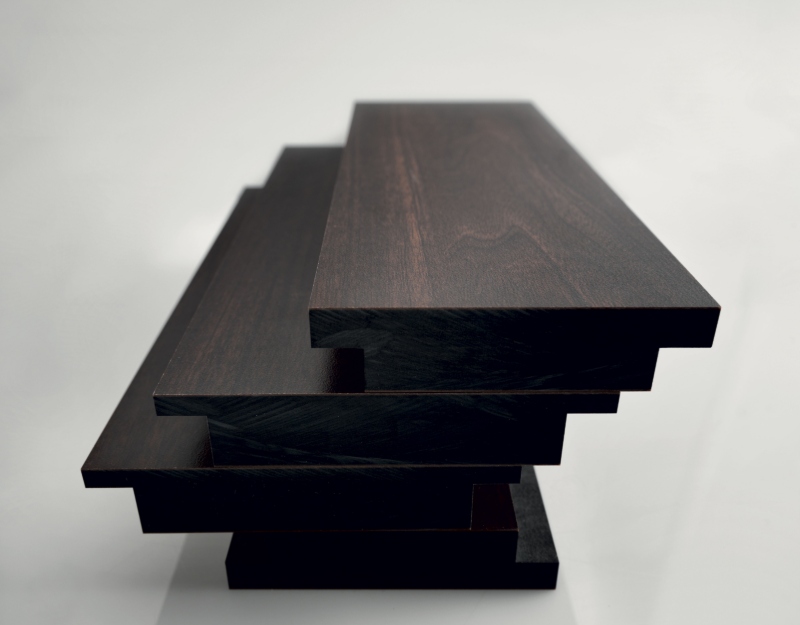What are composite materials? Let's find out the characteristics and properties of these products of fundamental importance to industries. Although we think of composites as materials of the latest generation, their emergence dates back anciently to the efforts of humans to invent solutions that would improve the quality of their lives. Think, for example, of clay and straw bricks, rather than alloys such as bronze.
In modern times, we return to the subject of composite materials with the introduction of the first asbestos-reinforced phenolic resins dating back to the early 20th century, followed by the first fiberglass boat in 1942, the introduction of the first high-strength boron and carbon fibers in the early 1960s, the 1973 development of aramid fibers by Dupont, etc.
Beginning in the late 1970s, technological investments in the aeronautical and automotive fields gave new impetus to the advancement of these materials, which, thanks to the emergence of new materials and the use of more sophisticated manufacturing technologies, gradually provided ever higher performance.
- What is meant by composite materials?
- Composite materials and the wood industry
- How to process composite materials for the furniture industry
What is meant by composite materials?
Composite materials are those materials made by mixing two or more distinct materials in fibers, matrices and additives.
The idea behind composites is to “join forces” of materials with different characteristics that, taken individually, do not provide special performance.
The development of modern composite materials owes its rise to the ever-increasing demands of a variety of sectors, starting with Aerospace and Aeronautics, and then moving on to Sports, Biomechanics, and even Furniture.
Among the most innovative composite materials currently on the market are:
- Organic matrix composites (e.g., laminates and reinforced plastics);
- Mineral-matrix composites (e.g., concrete, ceramic composites);
- Metal matrix composites (e.g., Al/carbon fiber composites);
- Alloys (e.g., steels, Al alloys, brasses).
The main constituents of organic matrix composites are the matrix and fibers.
Various resins are used in the production of these materials: epoxy resins, polyurethane resins, polyamide resins, and, finally, phenolic resins.
The most commonly used fibers, however, are:
- Fiberglass;
- Carbon fiber;
- The aramid fibers (Kevlar);
- Ceramic fibers.
The combination of matrix and fiber results in a material with very high mechanical properties and decidedly low density mass.
This last aspect is not secondary: the decrease in characteristic dimensions implies an improvement of mechanical performance and a decrease in the probability of finding significant defects in small bodies. The use of fibers is justified by the fact that many materials are stronger in this form.
.jpg?width=798&name=what-are%20the-composite-materials-2%20(2).jpg)
What are the advantages of composite materials?
It is well known that the costs of composite materials are on average higher than those of conventional materials, especially for long-fiber materials (in which the fibers are arranged in an orderly and oriented manner in an isotropic matrix).
Nevertheless, companies have begun to use them with increasing frequency because of the various advantages they offer:
- Lightness;
- Strength;
- Stiffness;
- High strength;
- Design versatility (for sandwiches and laminates);
- Reduction in manufacturing costs;
- Weight reduction.
In the furniture and design industry, for example, composite materials are used with thermoset resin matrix, which generally includes polyester, epoxy, vinyl ester and phenols, and carbon fiber or glass fiber reinforcement.
This type of composite materials, in addition to possessing the characteristics listed above, are distinguished by being fire retardant and abrasion resistant materials. They also may be antistatic or high electrical conductivity, pigmented or translucent.
Composite materials and the woodworking industry
The woodworking industry is a market characterized by high technological content to pander to the increasingly driven needs of end users.
This is why the processing of innovative materials such as no-woods and, indeed, composite materials is widespread among furniture manufacturers. In a survey, preparatory to the Ligna 2019 fair in Hanover, it was found that 51 percent of the furniture manufacturers surveyed are now familiar with plastics, panels, insulation and building materials and, also, composites.
The demand for increasingly customized furniture and furnishings calls for the use of much more versatile and flexible materials that put planners and designers in a position to bring products to life in line with the fashion of the moment, without clashing with the limitations of available materials.
This means that designs must be adapted to the process of working with the new material to meet manufacturing constraints. For this reason, the replacement of wood with composite materials in some categories of furniture or furniture products requires a total redesign especially in the structural parts.
This trend related to the use of composite materials also directs the research and development of woodworking tool suppliers because, in the face of the characteristics we have mentioned, this type of material often presents critical issues in their processing, being very abrasive.

How to process composite materials for the furniture industry
Machining composite materials requires dedicated tools that are very wear-resistant and have high cutting edge durability.
Polycrystalline diamond (PCD) tools, for example, especially those with an integral carbide body, give excellent feedback on the final cutting quality for machining this type of material, giving the finished product an excellent surface finish.
In the Furniture and Furnishings sector, Wirutex hi-tech tools is a benchmark in the development of high-tech PCD and carbide tools that are well suited to the modern needs of furniture manufacturers.
We recommend reading our in-depth article “Composite Materials and the Wood Industry: THE CHALLENGE OF THE FUTURE” where you can get more information related to this.



